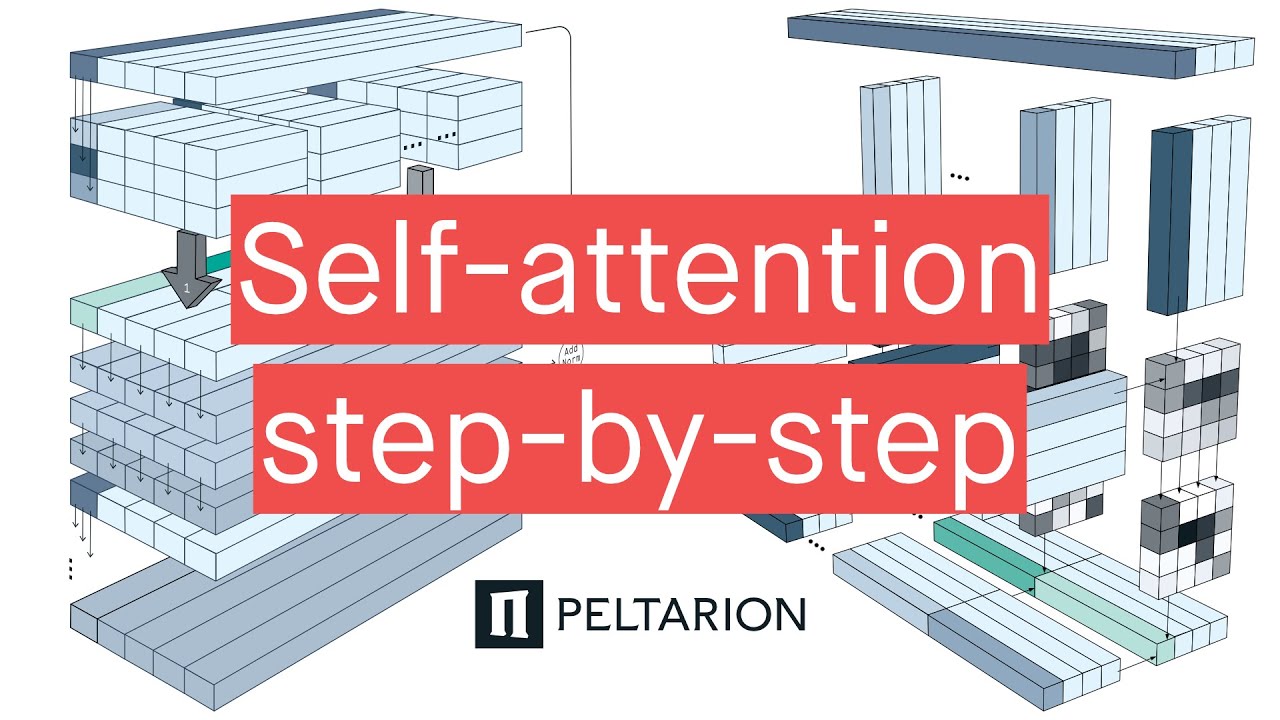Peltarion
In this video, we give a step-by-step walkthrough of self-attention, the mechanism powering the deep learning model BERT, and other state-of-the-art transformer models for natural language processing (NLP). More on attention and BERT: https://bit.ly/38vpOyW
How to solve a text classification problem with BERT with this tutorial: https://bit.ly/2Ij6tGa
0:00 Introduction of NLP
0:39 Text tokenization
1:07 Text embedding
2:06 Context and attention
2:25 Self-attention mechanism
5:57 Key, Query, and Value projections
7:25 Multi-head attention
8:12 Building a full NLP network
9:00 Example
Find Peltarion here:
Website: https://bit.ly/3k2MCIC
Twitter: https://bit.ly/2RJZpnB
Linkedin: https://bit.ly/2FGWkSS
#peltarion #textsimilarity #nlp.
